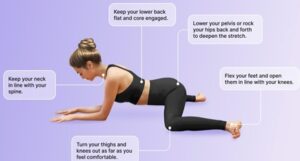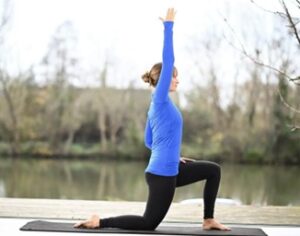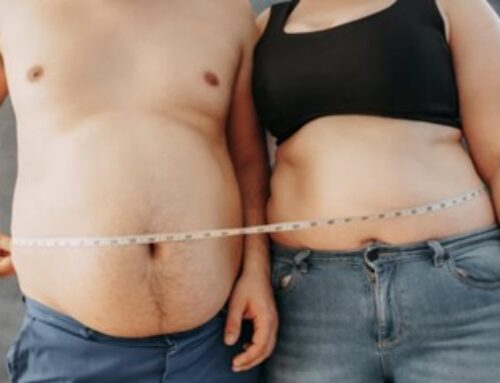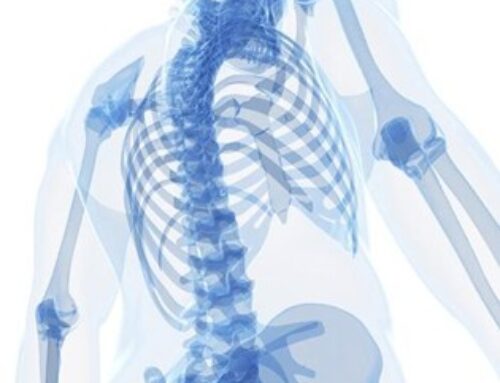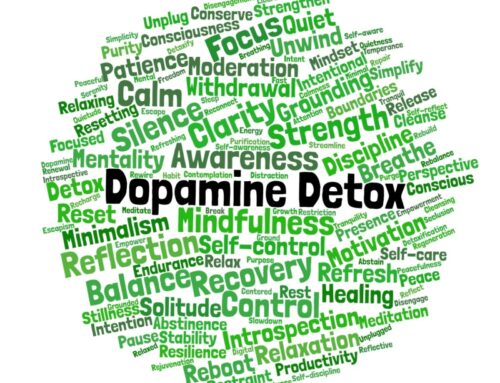The spring and summer seasons are the best time of the year! The warm weather brings the sun and outdoor activities. For many, these outdoor activities can cause some problems 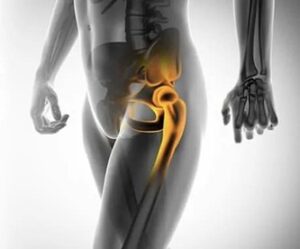 particularly if you are not flexible enough to perform them. The hips can be one major area of stiffness that leads to biomechanical injury to the hips, low back, knees, and other areas of the body. In this article we look to show you how a few simple stretches and exercises can improve your hip movement and reduce your pain.
particularly if you are not flexible enough to perform them. The hips can be one major area of stiffness that leads to biomechanical injury to the hips, low back, knees, and other areas of the body. In this article we look to show you how a few simple stretches and exercises can improve your hip movement and reduce your pain.
Enhanced Flexibility and Mobility: By incorporating hip mobility and stretching exercises into your daily routine, you can increase the flexibility of the joint which helps you perform a wider range of activities more comfortably. These exercises can be crucial for active people to prevent common injuries and increase strength. For those recovering from lower body injuries, targeted exercises can serve as effective rehabilitation exercises, aiding in the gradual restoration of muscle function and reduction of pain.
- Groin Stretching:
Those suffering with both medial and lateral hip pain may find relief with groin stretching. Since the adductor magnus is connected to the pelvis, maintaining its flexibility can help with pelvic alignment and all hip movements. As the flexibility of your groin increases you will also see improvement in your ability to walk, squat, and run with more stability and less strain.
- Starting Position: While on hands and knees, spread the knees away from the body as far as possible and then spread the lower leg farther so the feet are wider than the knee. Arms are straight to support your weight.
- Tuck your pelvis to flatten your lower back like a dog tucking its tail, and push your buttocks towards the sky without losing the pelvic tuck.
- Keep a long spine and maintain this position for 30 seconds, 3-4 times daily.
- Hip Flexor Stretching:
The muscles on the front of the hip are collectively referred to as the hip flexors. They not only flex the hip, bringing your hip to the chest, but they can also flex the lumbar spine, causing you to bend forward. These muscles can become a major influencing factor on aberrant spinal and hip movements creating pain and dysfunction. Prolonged sitting positions and repetitive bending movements frequently create tight hip flexors, dysfunction, and pain.
- Place the knee of the hip you want to stretch on the ground with your opposite leg out in front of you. The opposite leg foot should be out in front of the knee just slightly.
- While maintaining a tall spine, lean forward through the hips until you feel a slight stretch on the front of the hip with the knee on the ground.
- Hold this position for 8 seconds.
- Slide the opposite foot out slightly more and repeat the lunge stretch 2-3 times more.
- Posterior Hip Capsule Stretching:
The posterior hip capsule frequently becomes fibrotic and stiff after prolonged periods of dysfunction. Simultaneously, the muscles that stabilize the hip become very weak creating less stability of the hip and back. For those who suffer with chronic back and hip pain this stretch can be very helpful. The key to this stretch is to be very gentle and to hold for long periods of time. Do not try to stretch this vigorously as it will only create more inflammation and pain.
90/90 Stretch
- Sit on the floor, placing one leg in front of you with the knee bent to a 90 degree angle. Place the other leg out to your side with that knee also bent to a 90 degree angle.
- Place both hands on the floor and press your upper body upwards to be in a good posture position.
- Begin the stretch by leaning forward to feel the stretch in the posterior hip capsule of the leg that is in front of you. You may even feel some stretch on the anterior capsule of the leg that is out to the side.

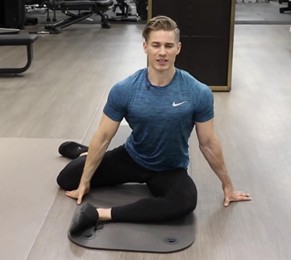
- Hold this position for 8-20 seconds. Because the capsule is more connective tissue than muscle, the longer hold times are required to obtain the desired improvement.
- Be very careful to not overstretch or strain the hip with this stretch. Overstretching will create more hip discomfort the next day. The intensity of the stretch during the hold time should be very gentle.
Conclusion:
Hip stretching should be an integral part of your life. As we age, the flexibility of our hips plays an important role in the health of our back, hips, and knees. This is vital to keeping us healthy and to be able to maintain the activity levels that we desire. These stretches are a perfect warm-up prior to any workout, chores at home, or even a simple walk in the neighborhood. At [Core] we find that chiropractic, nutrition, and exercise are the keys to aging gracefully and helping you become healthier than you have ever been.

